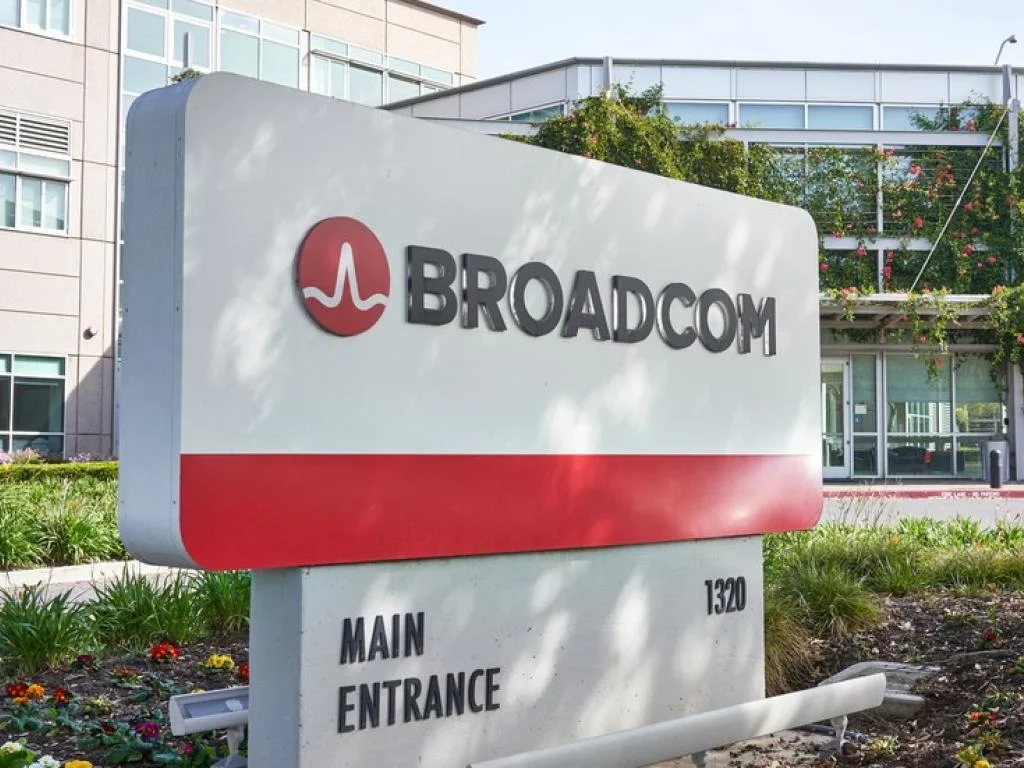Broadcom’s Strategic AI Advances Boost Market Confidence
On March 13, 2024, Business Insider reported a landmark announcement from Broadcom Inc (NASDAQ:AVGO), signaling a significant push in the AI sector with the release of their advanced optical interconnect solutions optimized for AI and ML applications.
Propelling AI to New Heights
The core of Broadcom’s announcement centered around the production release of their 200-Gbps per lane electro-absorption modulated laser (EML), which is set to enhance next-generation GPUs. This move not only consolidates Broadcom’s position in the market but also marks a significant milestone in AI hardware development. With the industry’s first 200G/lane vertical-cavity surface-emitting laser (VCSEL) and a high-efficiency continuous wave (CW) laser for silicon photonics (SiPh) modulation, Broadcom is at the forefront of the AI compute cluster interconnect market.
An estimation by LightCounting Market Research suggests that shipments of 8x100G optical transceivers will surpass 5 million units in 2024, with Broadcom’s first 8x200G modules to be delivered by year’s end. Google and Nvidia are poised to be the first adopters, using these optics for interconnecting GPUs and TPUs in AI Clusters, which are currently a highly sought-after market segment.
Broadcom expects a staggering $10 billion in AI chip sales in 2024, with Citi analyst Christopher Danely upholding a Buy rating on Broadcom shares and setting a price target of $1,560. Broadcom’s CEO, Hock Tan, expressed confidence in the ongoing demand for AI accelerators and networking products, citing a total addressable market (TAM) of $400 billion—a figure the company views as achievable with custom ASICs showing more sustainable growth than GPUs.
For investors seeking exposure to Broadcom’s growth trajectory, the Pacer Data And Digital Revolution ETF (NYSE:TRFK) and Amplify Cybersecurity ETF (NYSE:HACK) provide viable options.
Editorial Perspective
It is noteworthy that the content was partially produced with the assistance of AI tools and scrutinized by Benzinga editors before publication, demonstrating the integration of AI in the newsroom and the value of human expertise in ensuring the accuracy and reliability of news content.
